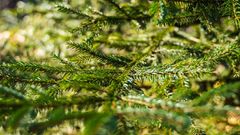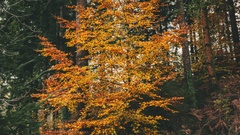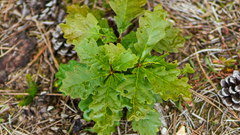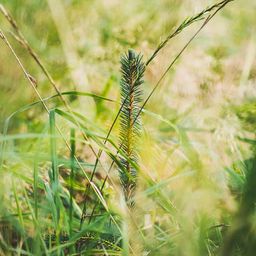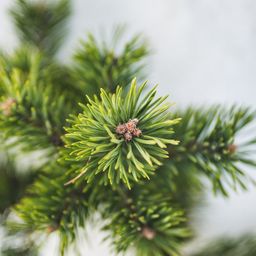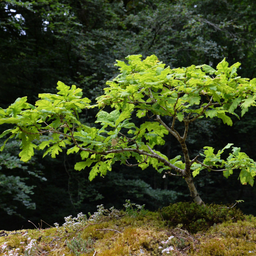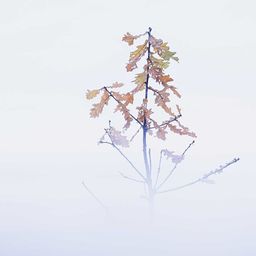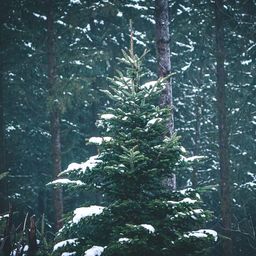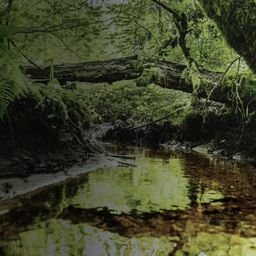Nov 14, 2023
What is a tree?
We know trees are made of wood and have a trunk, branches and leaves, but how do we define what makes a tree… a tree?

How do we define a tree and what makes it different from other forest plants and organisms? In this post, we look a little closer at the common characteristics of a tree and some of the science behind its shape, size and structure.
Definition of a tree
As you know, there are many different tree species. However, they all share some key features that meet the criteria for what we understand to be a tree.
Here's our simple definition:
A tree is a tall plant that can live a very long time. It has a single stem or trunk and branches that support leaves. Beneath the ground, a tree has a root system that acts as an anchor and stores the water and nutrients the plant needs to grow.
One way we distinguish trees from other plants is their thick and rigid ligneous tissues, which we know as wood. Of course, different tree species have different types of wood.
Ultimately, while a basic definition of trees is helpful, as with all of nature, we must dig a bit deeper to understand the sheer variety of trees in the forest.
Let's explore other features that make trees a unique and vital part of the natural environment, or start your journey as a tree owner by planting your first tree today.
Tree-height
Some organisations prefer to define what makes a tree a tree by measuring height. The idea is to keep things simple, considering trees come in various forms and species with diverse and often localised characteristics.
The Food and Agriculture Organization of the United Nations (FAO) definition says that for a plant species to be a tree, it should reach 5m tall if the growing conditions are good. That's in developing countries – in developed countries, the height goes up to 7m.
The National Forest Inventory (IFN) takes a similar approach. It defines a tree as a woody plant with a bare stem at its base and can grow to a height greater than or equal to 5m when it reaches maturity.
Of course, some trees grow to truly incredible heights. The redwoods in California are the tallest trees on Earth and attract visitors from all over the world. They grow to over 90m in height–the tallest is Hyperion, reaching a massive 115m into the sky.
Our sustainable forestry approach
Anatomy of a tree
Trees are perennial plants, meaning they live for many years- sometimes centuries or even several millennia for some species. While each species' life cycle differs, a tree's basic structure remains the same.
A tree is also a plant with aerial (above-ground) parts, including the stem, leaves and flowers, and underground parts, its roots. Like any complex living organism, a tree is born, breathes, grows and reproduces before it dies if conditions and circumstances allow.
In botany, trees and other woody plants are characterised by their secondary growth, which means their layers of tissue expand and their trunk gets wider. A tree is a plant that grows outwards and upwards. The extra width strengthens the tree to support its stem and roots.
Wood, leaves, fruit and flowers
Most people associate trees with wood, leaves, fruit and flowers – the things we see outside. We generally have a good idea of what a tree looks like, and we teach children to recognise trees from a young age.
On the inside, wood is also called xylem, dead, thick cells that transport water and nutrients from the soil to the leaves. Xylem is connected to all other parts of the tree to form a continuous system that reaches throughout the plant and allows it to live and grow.
While other plants produce wood, trees are defined by their large size and single, load-bearing trunk. Deciduous trees have leaves or needles that fall every winter or dry season, whereas foliage on evergreen trees stays green and functional for multiple years.
Trees can grow flowers or fruit, which contain seeds that spread and allow them to reproduce. Each species has unique features, making trees crucial to rich, biodiverse habitats.
